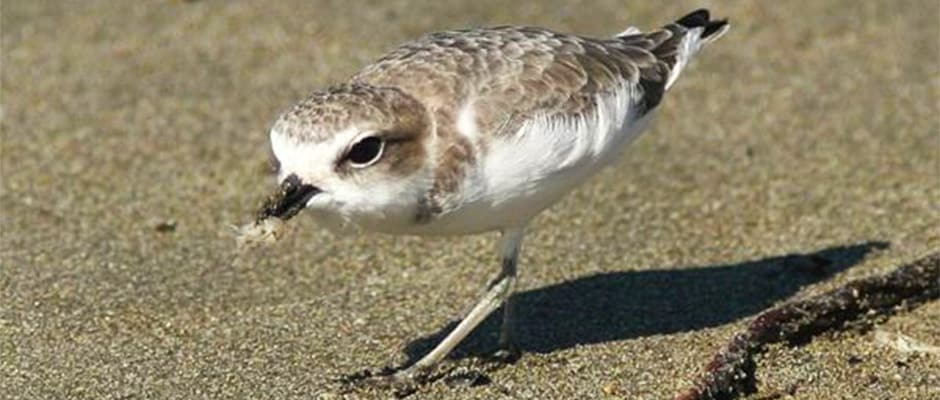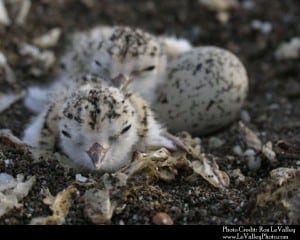Share this article
TWS Member Identifies Strategies to Protect Snowy Plovers
Some birds seem to have more enemies than friends.
While coyotes, foxes, crows, ravens and raptors like harriers and owls are always looking to make an easy meal of the western snowy plover (Charadrius nivosus), it sometimes helps to have a little extra protection, and this is just what some wildlife managers aim to do.
“Although many raptor control options exist, there has not been a comprehensive evaluation of which may be best for helping recovery of the plover,” said Bruce Marcot, a research wildlife biologist with the Pacific Northwest Research Station of the U.S. Forest Service and lead author of a USFS report released online.
Marcot, a member of The Wildlife Society, worked with wildlife managers from seven different federal and state agencies and nonprofit organizations to evaluate and review 26 different humane raptor control methods for two of the primary predators of the bird — the northern harrier (Circus cyaneus) and great horned owls (Bubo virginianus) —that could help the recovery of the small birds.
The white baseball-sized shorebirds, which nest along the coast of the Pacific Ocean are listed as threatened under the Endangered Species Act.
The researchers found that the best ways to control northern harriers and great horned owls were lethal hunting or removal, using certain nets and traps, and combining techniques, though the specific types of traps used for each bird differed slightly in effectiveness and feasibility.
The U.S. Fish and Wildlife Service is using the report’s findings to protect the birds throughout their habitat.
Header Image: A western snowy plover with a sand flea. Image Credit: Ron Le Valley









